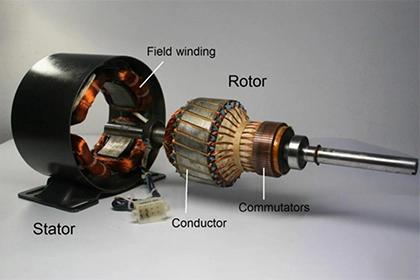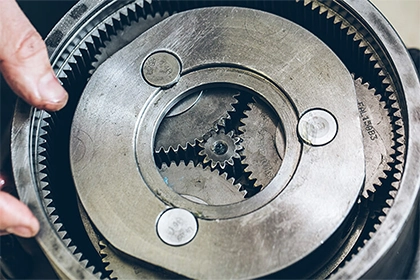
How to attach a gear to a motor shaft?
The process of connecting the gear to the motor shaft involves precise alignment, securing and torqueing to ensure optimal functionality.
Gearing systems are crucial components of electric bicycles (e-bikes), enabling them to efficiently transfer power from the motor to the wheels. The process of attaching gears to motor shafts involves precise alignment, securing, and torqueing to ensure optimal functionality.
Understanding Gear Types
E-bike gears typically fall into two categories:
-
Sprockets: Sprockets are toothed wheels that mesh with other sprockets to transmit rotational motion. They are commonly used in single-speed and internally geared hub motors.
-
Chainrings: Chainrings are toothed rings that connect to the crankset and engage with the chain. They are typically found in mid-drive motors.
Gear Installation Methods
The method for attaching gears to motor shafts depends on the specific type of motor and gear:
-
For single-speed e-bikes with sprockets: Sprockets are typically press-fit onto the motor shaft, ensuring a secure and durable connection.
-
For internally geared hub motors: Sprockets are spline-engaged onto the motor shaft, allowing for a smooth and adjustable gear ratio.
-
For mid-drive motors: Chainrings are attached to the motor shaft using a combination of bolts, locknuts, and spacers to ensure accurate alignment and secure fastening.
Torque Requirements and Tools
Proper torque is essential to ensure the integrity of the gear-to-motor shaft connection. Over-tightening can damage the shaft or gear, while under-tightening can lead to loosening and potential disengagement.
-
Torque wrench: A torque wrench is the most accurate tool for applying the precise torque values specified by the e-bike manufacturer.
-
Feeler gauge: A feeler gauge can be used to ensure that the gear is properly aligned and not rubbing against the motor housing.
Assembling the Geartrain
Clean and inspect the motor shaft and gear: Ensure the shaft is free of debris or damage, and the gear is in good condition with no cracks or missing teeth. -
Apply a thin layer of lubricant to the motor shaft: This will help reduce friction and ensure smooth rotation.
-
Position the gear on the motor shaft: Align the gear teeth with the motor shaft splines or sprocket teeth.
-
Apply torque to the gear-to-motor shaft connection: Use a torque wrench to apply the specified torque value.
-
Check for proper alignment and clearance: Ensure the gear is not rubbing against the motor housing or other components.
Final Checks and Adjustments
-
Rotate the motor to ensure smooth operation: Listen for any unusual noises or vibrations that may indicate a problem.
-
Check for proper chain tension: Adjust the chain tension as needed to maintain optimal performance and prevent damage.
-
Test ride the e-bike: Ride the e-bike at various speeds and gears to ensure smooth operation and check for any issues.
Conclusion
Properly attaching gears to motor shafts is crucial for ensuring efficient power transmission within an e-bike's drivetrain. By following the guidelines outlined in this guide, you can achieve a secure, durable, and reliable gear-to-motor connection, maximizing the performance and longevity of your e-bike. Remember, precision, torque control, and careful alignment are key to a successful gear installation.



Leave a Comment